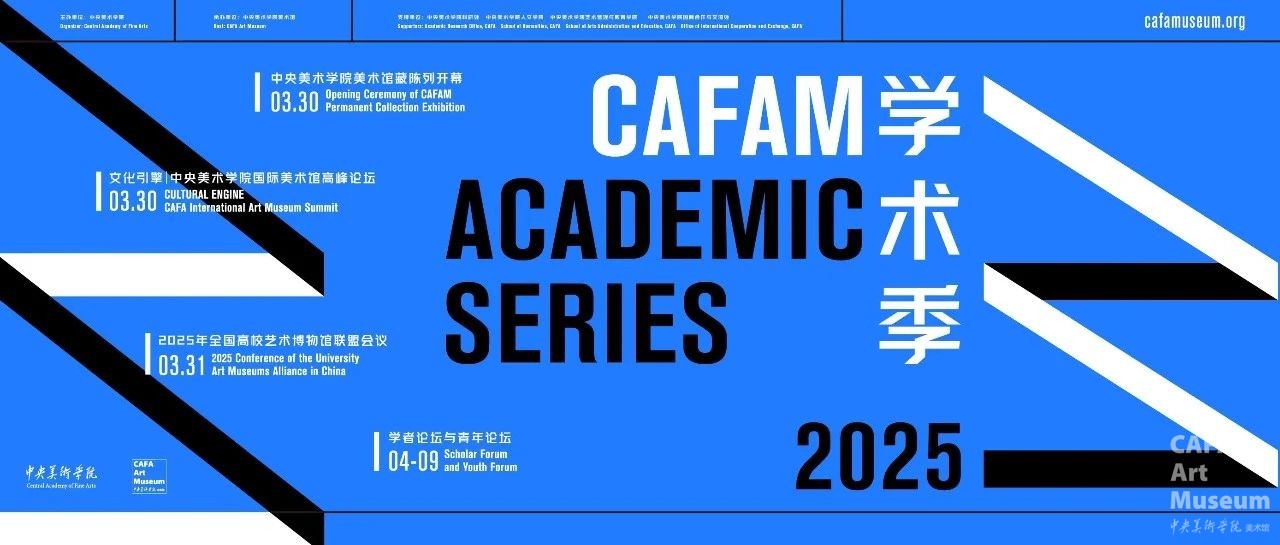

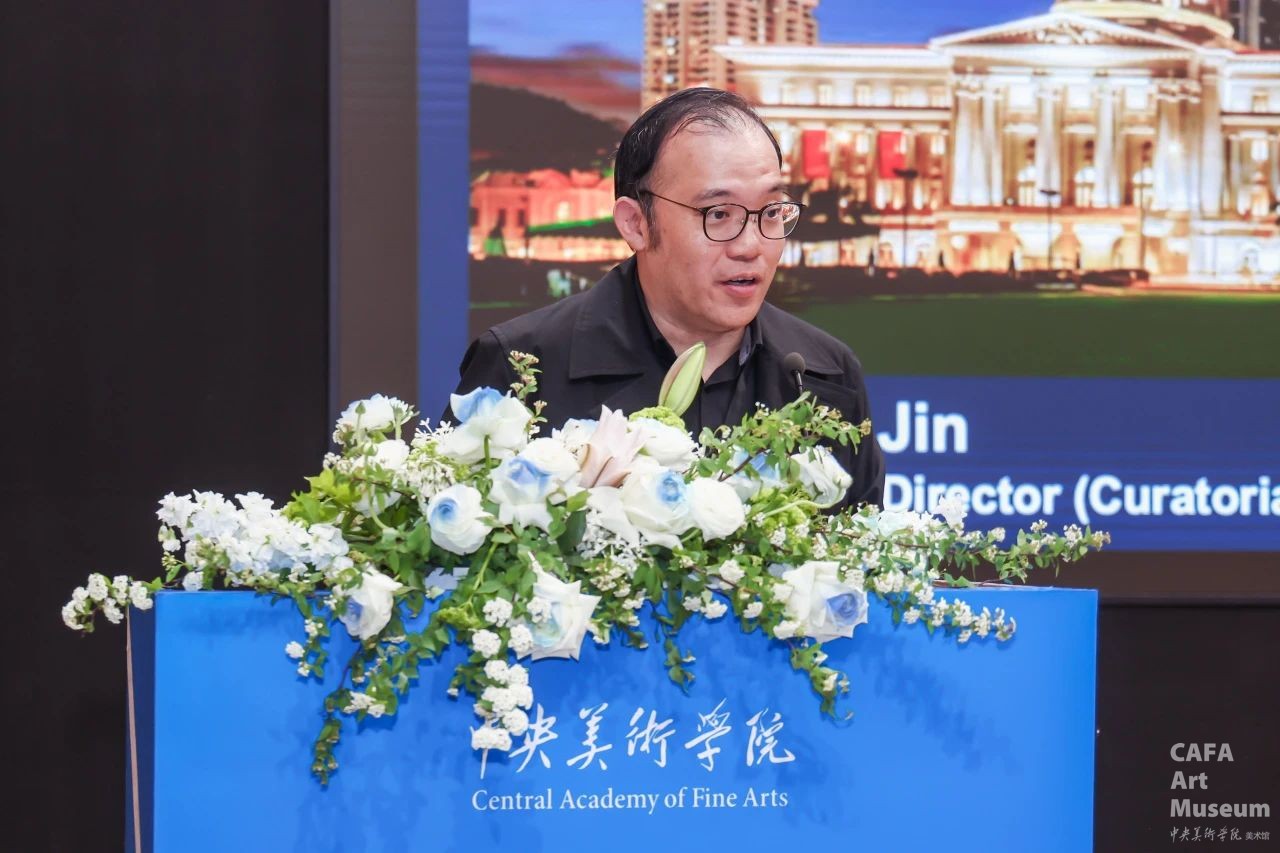
Xin Youren, Director of Curatorial, Research and Exhibitions at the National Gallery Singapore
「
Recently, at the "Cultural Engine - CAFA International Museum Summit Manual", Eugene Tan, Director of Curatorial, Research and Exhibitions at the National Gallery Singapore, delivered a speech titled Comparison as a Method: Decolonizing Art History in the Global South, Critical Recovery, and Issues of Representation. In his talk, he explored how to establish a more equal and inclusive art narrative, as well as evaluation criteria for the artistic values of multiple modernities, in an era of cultural pluralism and symbiosis. In the future, this curatorial methodology based on critical thinking and a comparative perspective may become an important approach for art museums to address cultural complexities.
」
1.
Reflexivity
The Conceptual Construction
of Museums
As a young institution established in 2015, the National Gallery Singapore has provided an important non-Western perspective for art museums worldwide through its unique cultural positioning and curatorial philosophy. The museum transformed two historical buildings, the former City Hall and Supreme Court, into art spaces. This physical vessel itself symbolizes the transformation of a power domain into a public cultural space. With the core concepts of a "reflective museum" and a "museum of people," the art museum is committed to building an art dialogue network between Singapore and Southeast Asia, as well as between Southeast Asia and the world. This positioning goes beyond the display function of traditional art museums, shaping itself into a dynamic field for cultural identity construction and knowledge production.
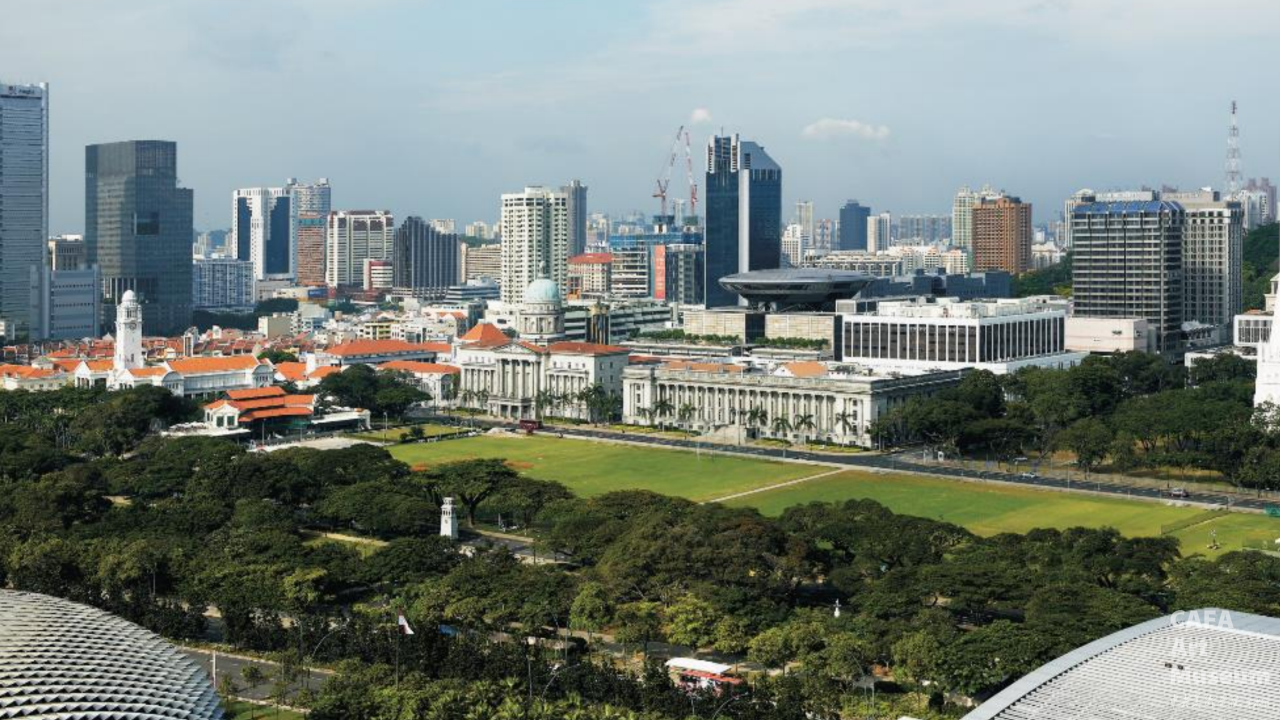
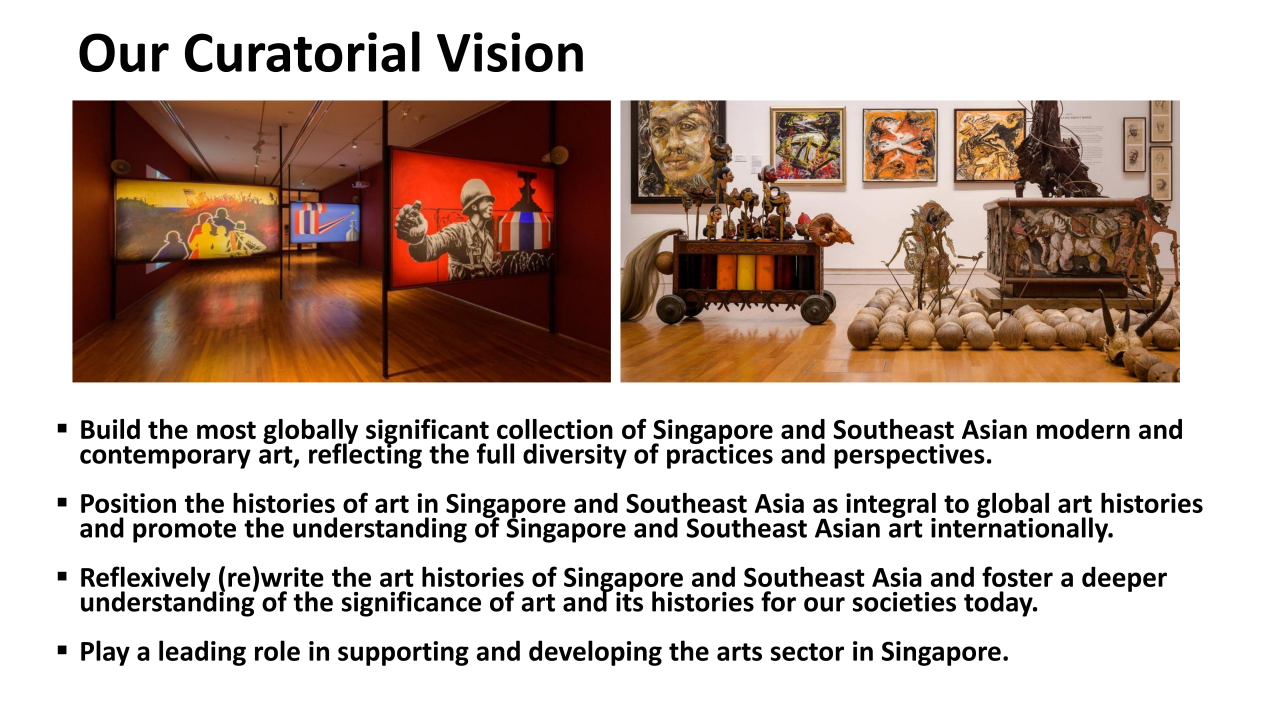
2.
Critical Restoration
Gender Equality
and Decolonization
Reconstruction of Art History
The museum's core curatorial approach, "critical restoration," represents a systematic re-examination of Southeast Asian art history. A gender analysis of its 8,500-piece collection reveals that works by male artists account for as high as 80%, while those by female artists make up only 10%. This data lays bare the structural inequalities in the writing of art history. Through ongoing research on its collections and exhibition planning, the museum seeks to deconstruct the patriarchal narratives formed during the colonial period. For example, it re-examines the plant atlases created by British colonial artists in the 19th century—while these works appear as scientific records on the surface, they are in fact visual representations of colonial power's discipline over nature and culture.
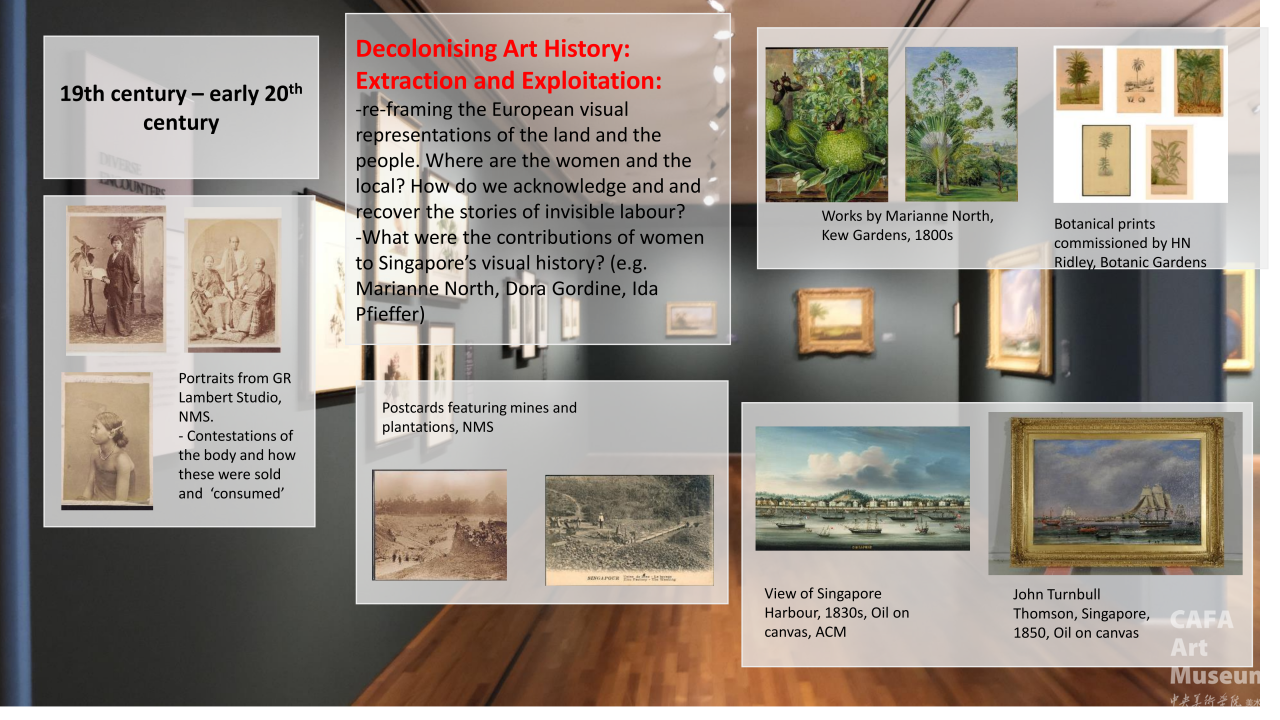
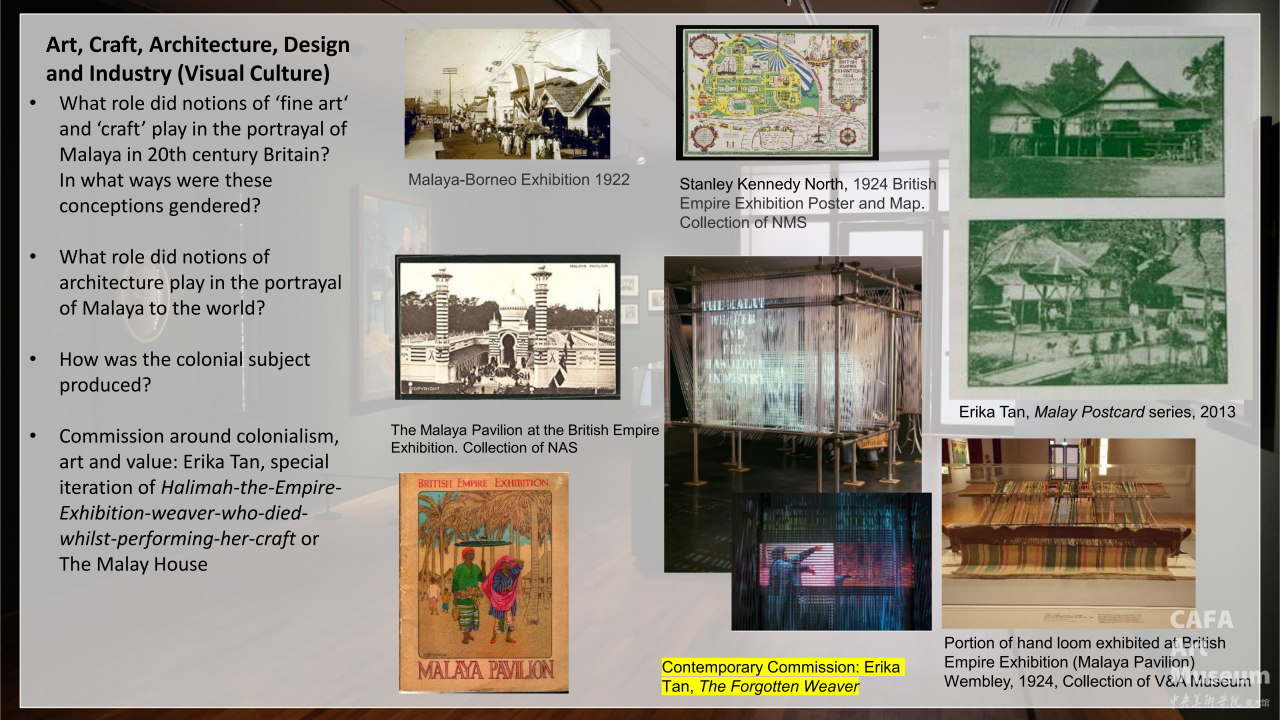
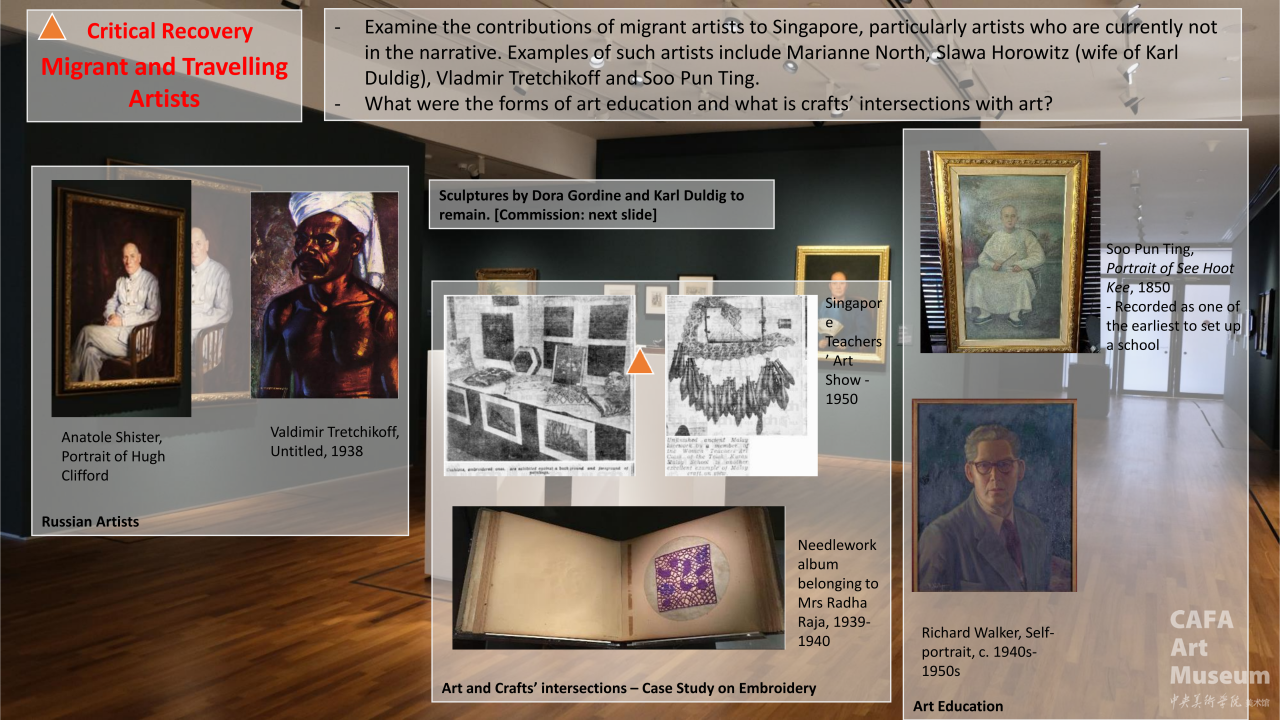
In permanent exhibitions such as Who Are You, the museum continuously challenges existing historical narrative frameworks. The critical display of colonial visual materials like travel posters exposes how the Orientalist perspective shaped stereotypes of Southeast Asia. This restoration is not merely historical revision but also a claim to cultural sovereignty: by reinterpreting art archives, it establishes indigenous interpretive authority.
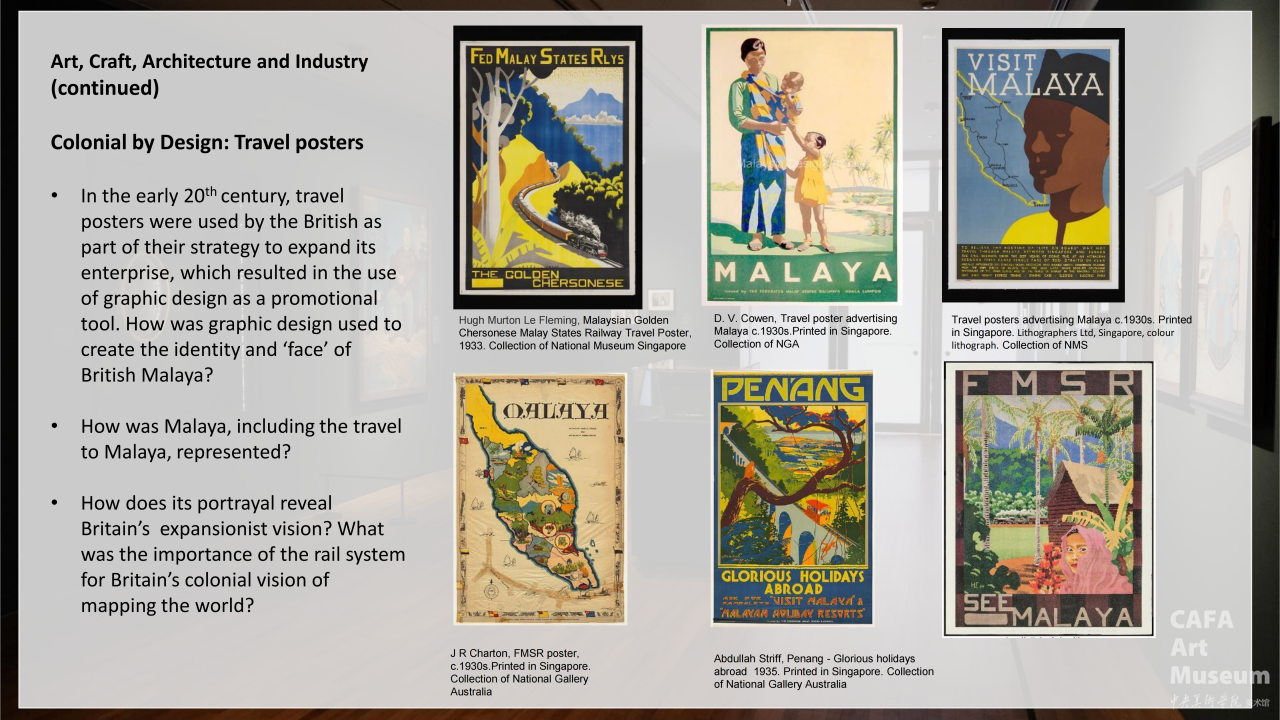

3.
Comparative Methodology
Art Dialogue
in the Global South

Tropical: A Comparative Exhibition of Southeast Asian and Latin American Art (2024) embodies the museum's innovative curatorial approach. The exhibition challenges the monolithic Western-centric imagination of "tropicality" by juxtaposing the works of Brazilian architect Oscar Niemeyer with Southeast Asian art, constructing a knowledge framework for South-South dialogue. This comparative methodology is not a simple formal contrast but a cultural decoding of geographical concepts—transforming " tropical" from an exotic spectacle through a Western lens into a site of plural modernities.
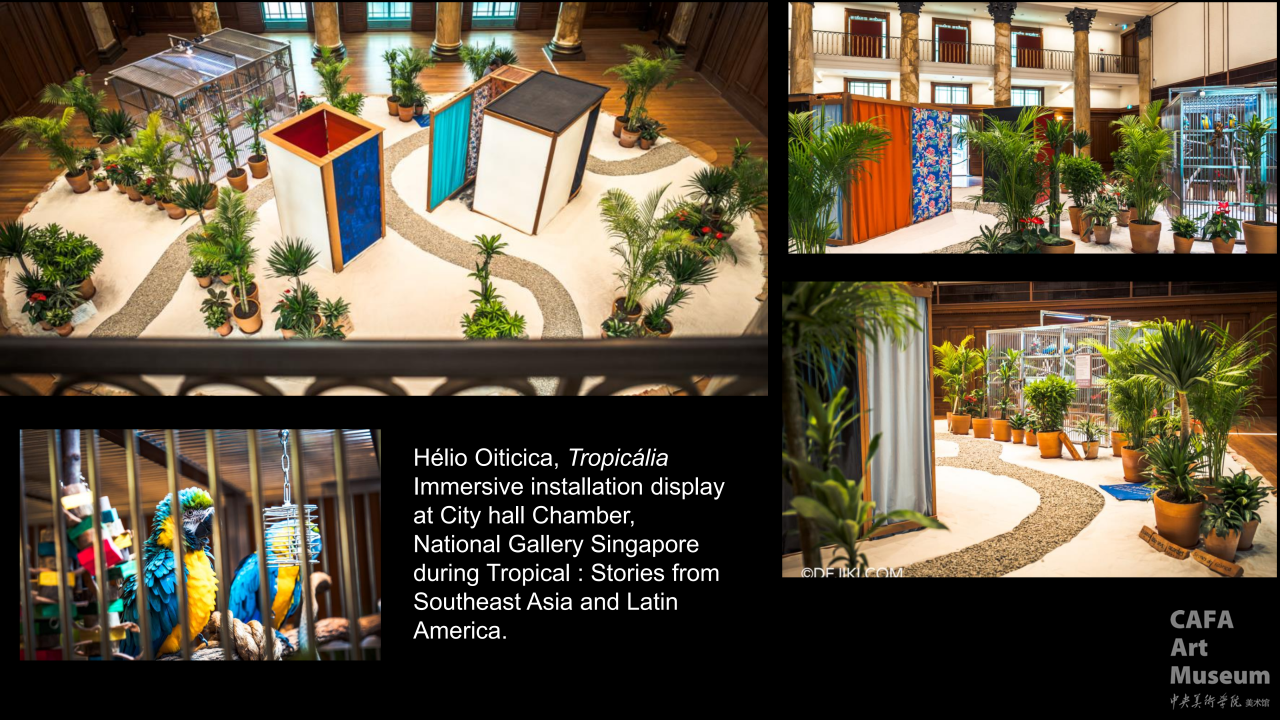
The exhibition pays special attention to the recontextualization of Gauguin's works, examining them within the creative context of Pacific artists to deconstruct the myth of modernist masterpieces. This curatorial practice echoes Homi Bhabha's "Third Space" theory, creating new possibilities for meaning at the intersection of cultures. By establishing a dialogue between the works of Southeast Asian and Latin American artists, the museum constructs a decentered narrative network of art history.
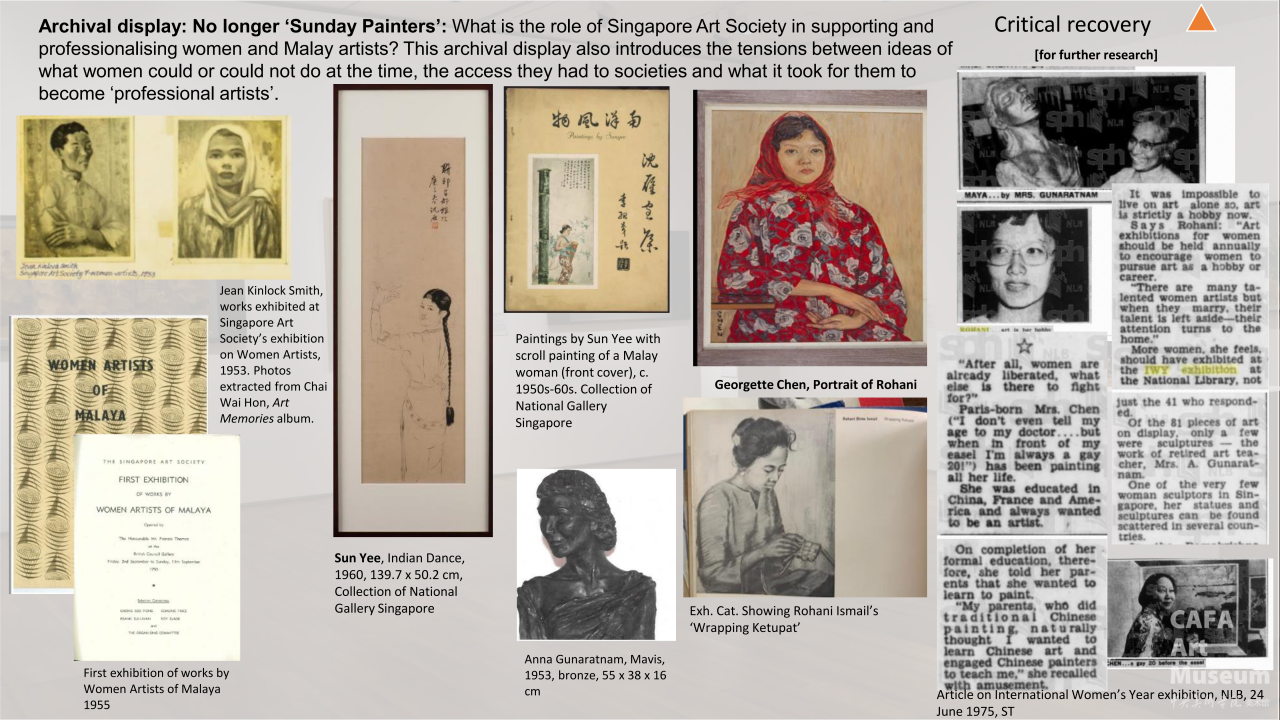
Faced with the scarcity of documentation on female artists, the museum has developed a unique archival research methodology. By excavating early art school records, exhibition archives, and private collections, it reconstructs the creative genealogy of women artists obscured by mainstream narratives. Research has revealed that female artists during the colonial period were often dismissed as "weekend painters," with their professional achievements systematically overlooked. Through thematic exhibitions such as Sunday Studios, the museum not only showcases their works but also presents the gendered mechanisms of artistic production. This research extends to interdisciplinary practices, focusing on the intersections of theater, music, and visual arts. The inclusion of diverse art forms challenges the traditional museum's collection system centered on easel painting, embodying a more democratic standard of artistic value judgment.
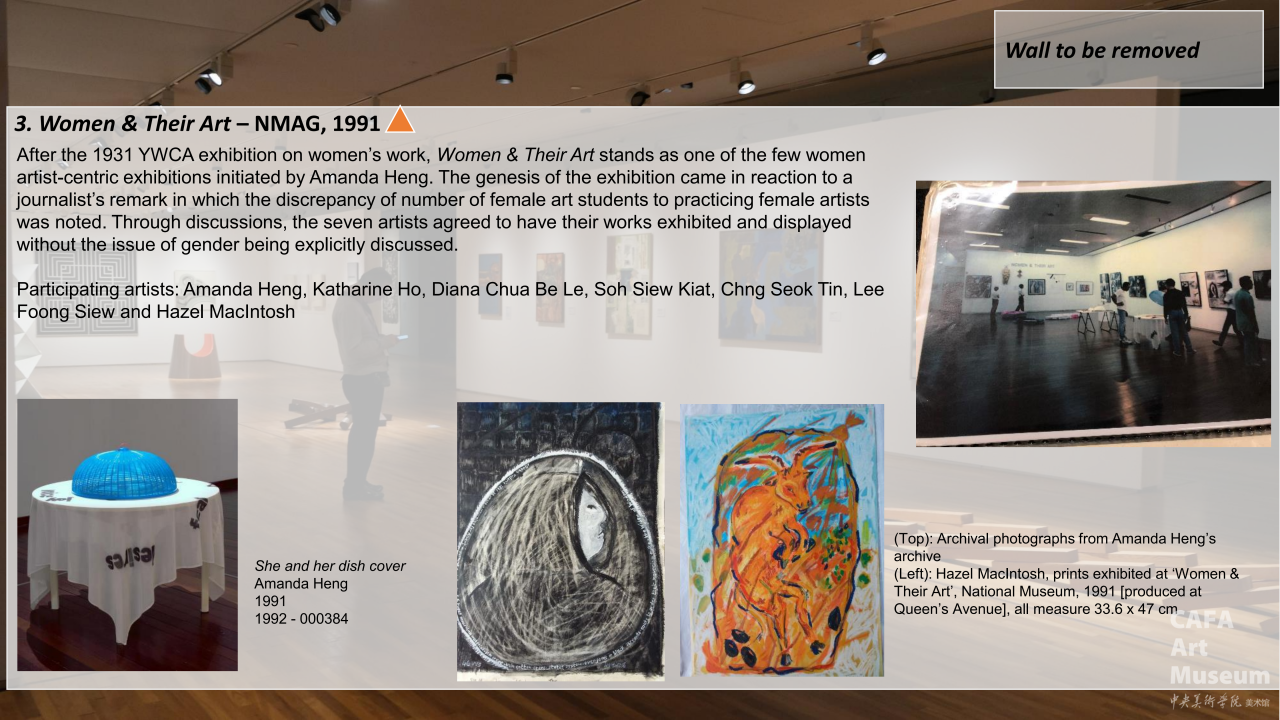

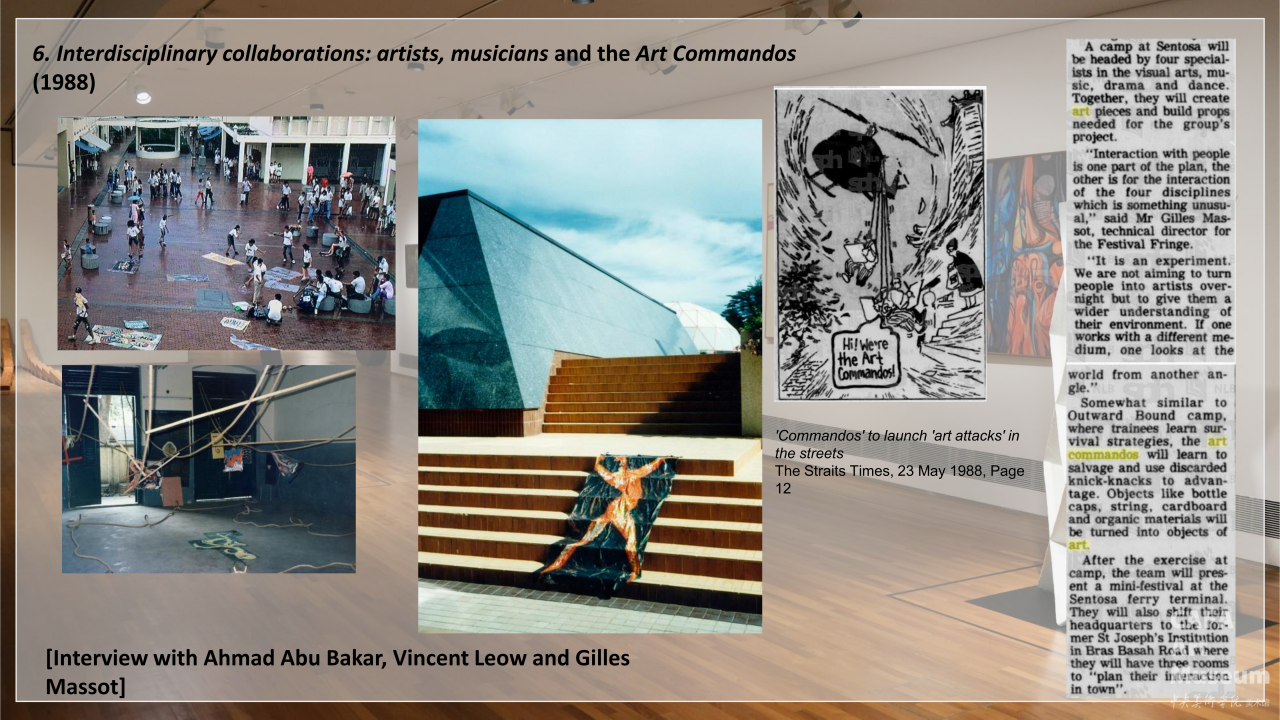
4.
Institutional Practices
and Cultural Politics
The curatorial strategy of the art museum has a clear cultural and political orientation: First, through the "consciousness of position in global art history", it both participates in international dialogue and maintains cultural subjectivity; Second, it adopts the method of "flexible reconstruction" to make the art history of Singapore a continuously updated open text; Finally, it establishes a wide-ranging international partnership network to expand research horizons through exchanges.
This practice faces threefold challenges: how to balance local care and international vision, how to handle historical heritage and contemporary demands, and how to conduct in-depth research under limited resources. The art museum responds to these challenges through a "multiple modernities" framework, which not only acknowledges diverse influences such as Chinese ink painting and the Russian avant-garde but also emphasizes the modernity trajectory of Southeast Asia itself.
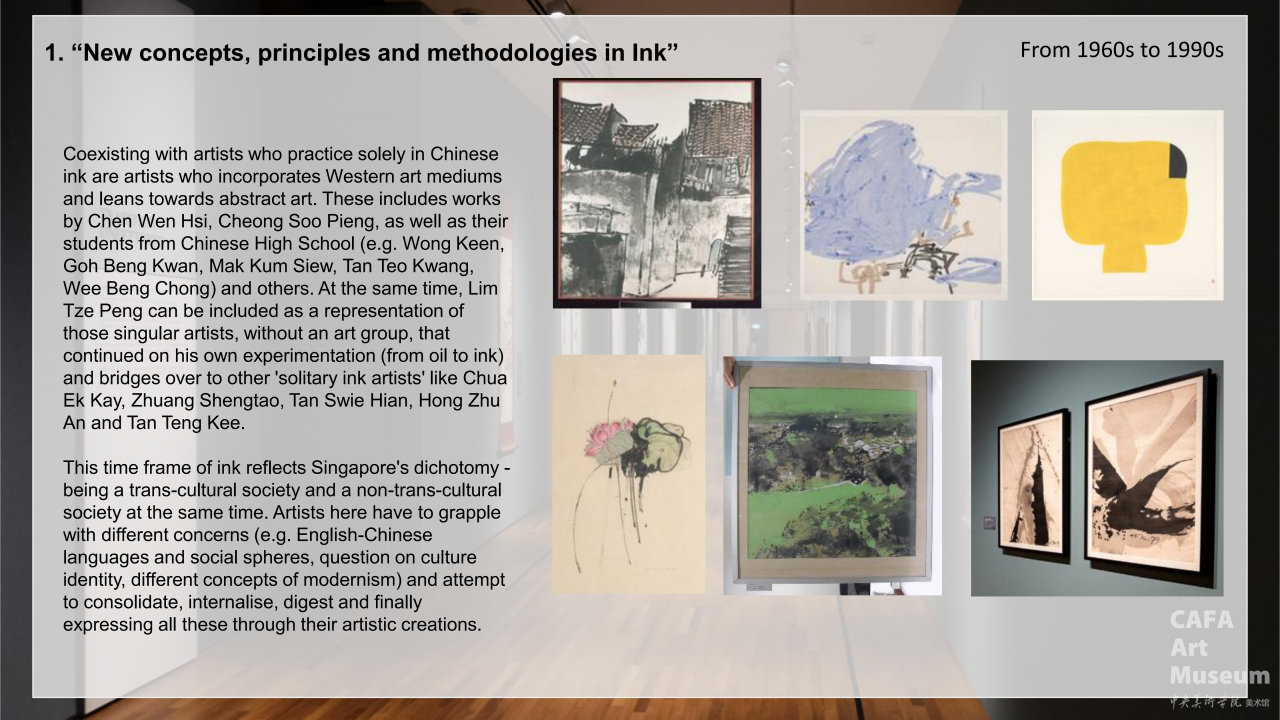
5.
The Enlightenment
of the Venice Biennale
and Curatorial Ethics
Case studies of the Venice Biennale reveal the complexity of the politics of representation. The art museum proposes the concept of "deep curation," opposing tokenistic cultural displays and emphasizing that curation should go beyond superficial exoticism to touch the deep structures of artistic production. Such ethical considerations point to core questions: For whom does the art museum exist? And for whom does knowledge production serve?

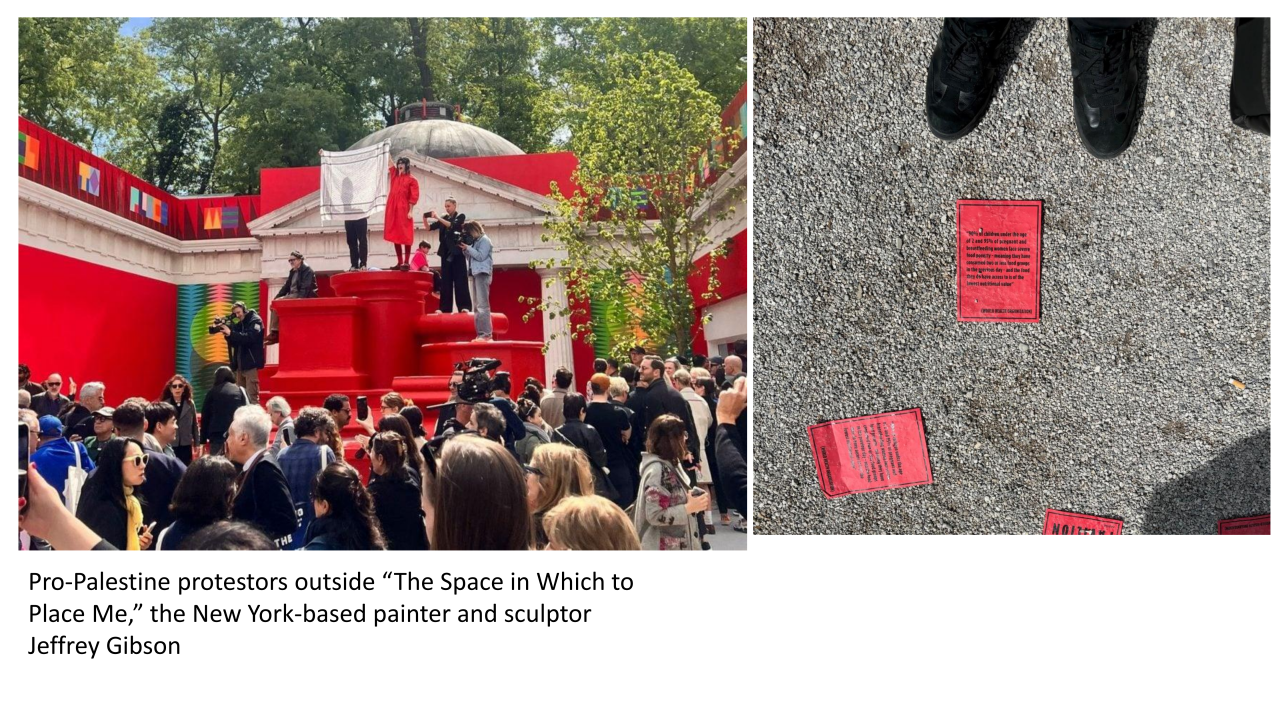
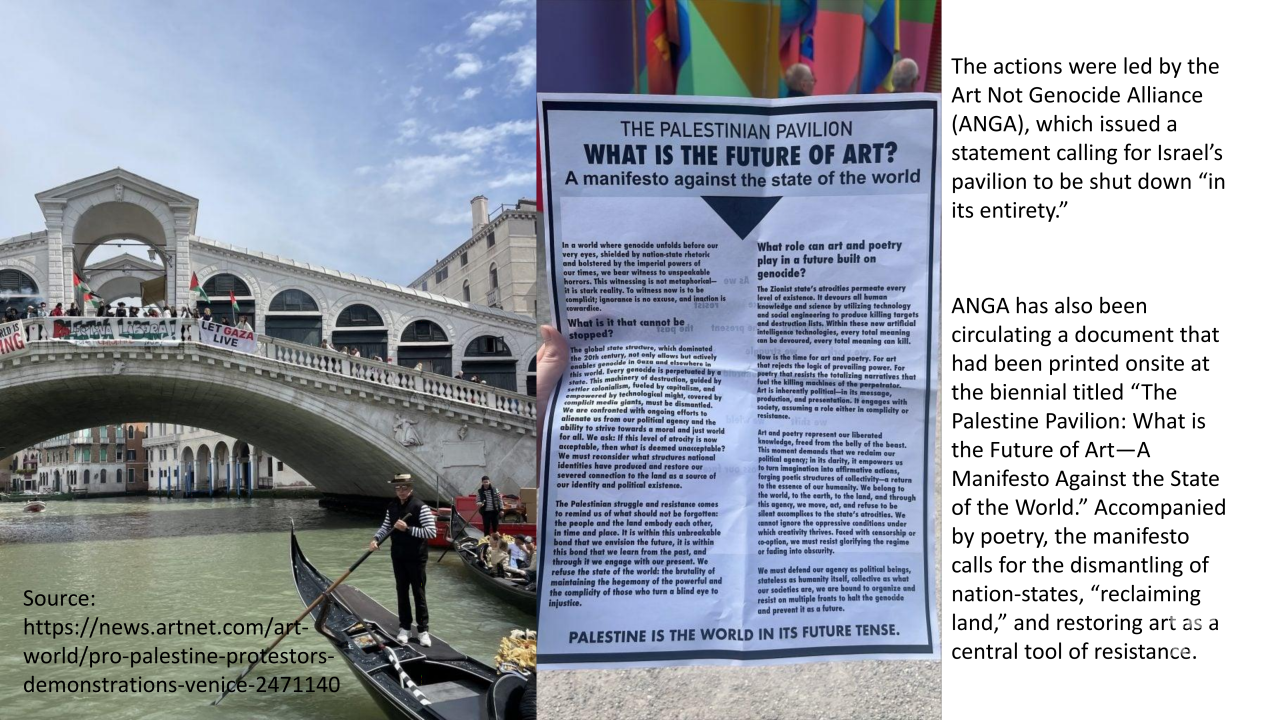
The practice of the National Gallery Singapore demonstrates that contemporary art museums are not merely custodians of artworks but also producers of cultural discourse. Through critical recovery and comparative methods, it has constructed a decolonized knowledge system, providing a paradigmatic reference for art museums in the Global South. Its experience reveals that the innovation of art museums lies not only in display forms but also in the transformation of cognitive frameworks; it concerns not just the rewriting of art history but also the redistribution of cultural power. The value of this practice transcends geographical limitations and holds universal significance for art museums worldwide: in an era of cultural pluralism and symbiosis, how can we establish a more equal and inclusive art narrative? The exploration of the National Gallery Singapore offers an inspiring approach to this proposition. In the future, this curatorial methodology based on critical thinking and comparative perspectives may become a vital path for art museums to address cultural complexities.
Introduction to the Guest Speaker
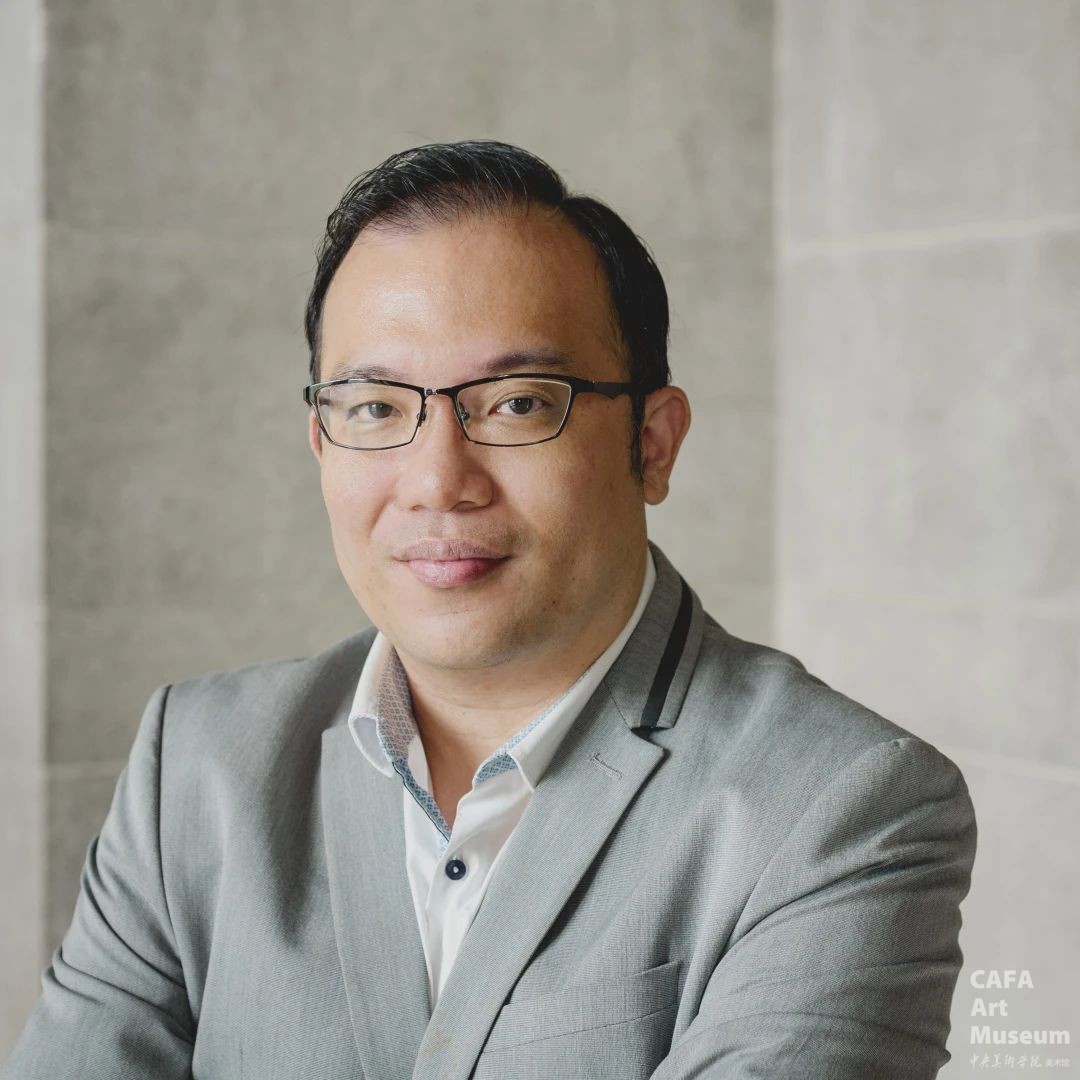
Xin Youren
In 2024, he was appointed as the Director of Curatorial, Research and Exhibitions at the National Gallery Singapore. Prior to this, he held the positions of Senior Curator and Deputy Director (in charge of curation and research). Currently, he serves as a lecturer for the minor program in art history at the National University of Singapore. He obtained his doctoral degree from the University of Melbourne in 2019. His research focuses on exploring regional art history (primarily Southeast Asian art) through the lenses of diaspora, migration, and cultural mobility. He is currently a board member of CIMAM (International Committee for Museums and Collections of Modern Art, an affiliate of ICOM - International Council of Museums) and a board member of OH! Open House, an independent art institution in Singapore. He has curated numerous exhibitions on modern and contemporary Asian art and has published extensively on Asian art history, exhibition history, and the history of art collectives.
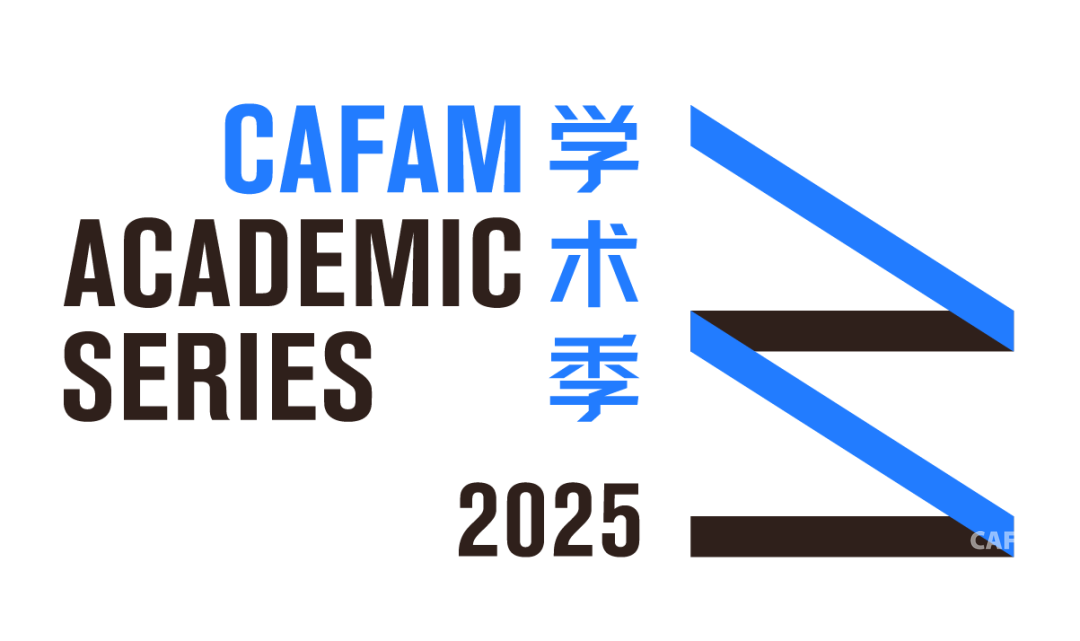
Chief Editor / He Yisha
Editor / Du Yinzhu
Text Collation / Cao Yuchen
On-site Photographs / He Yifei
